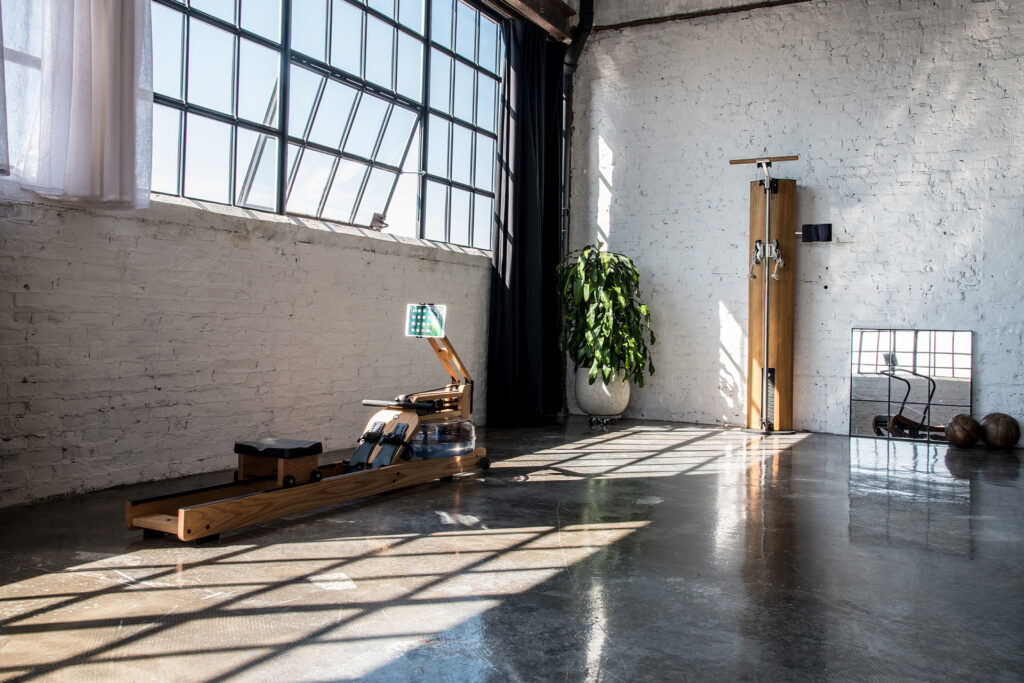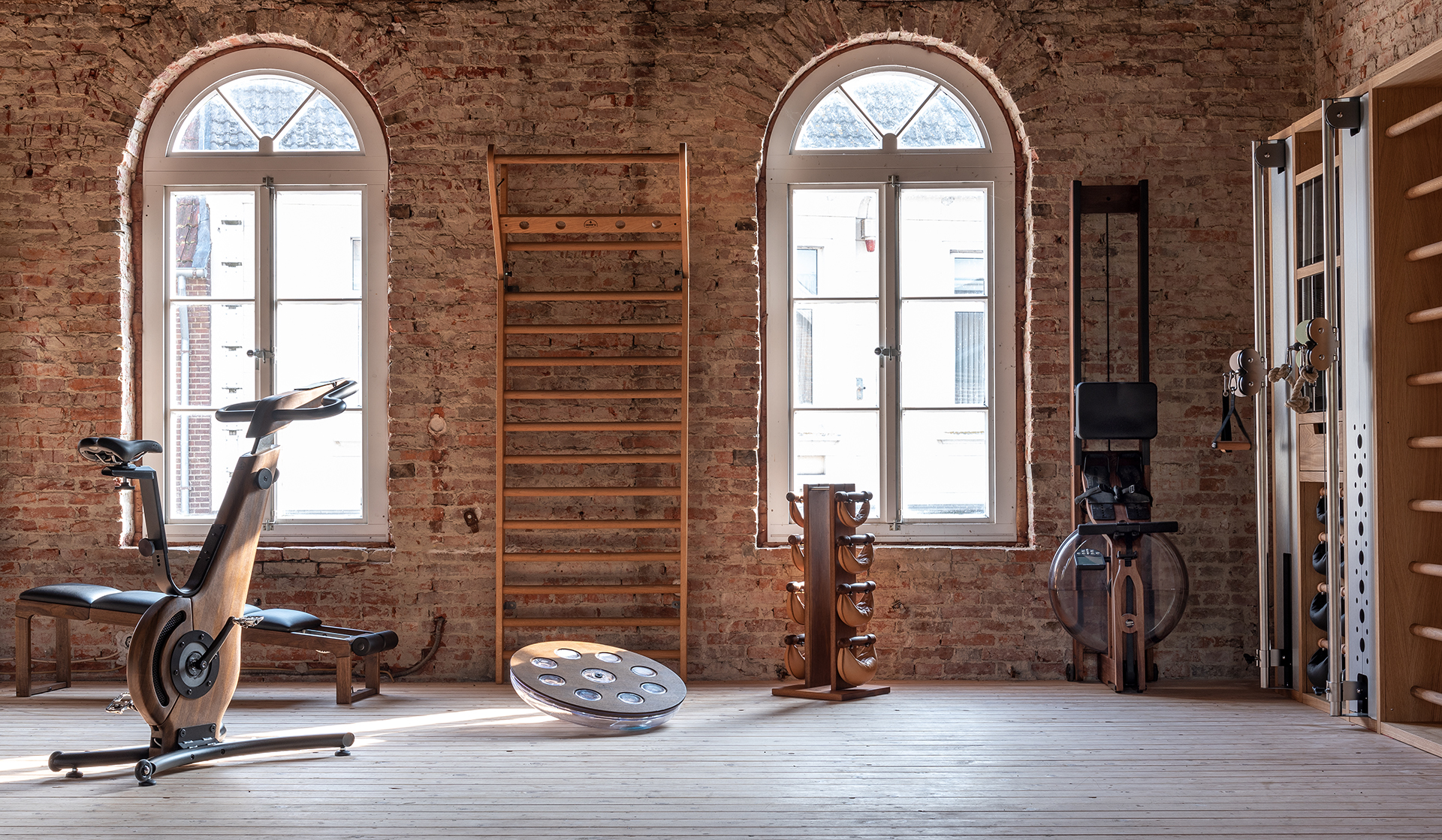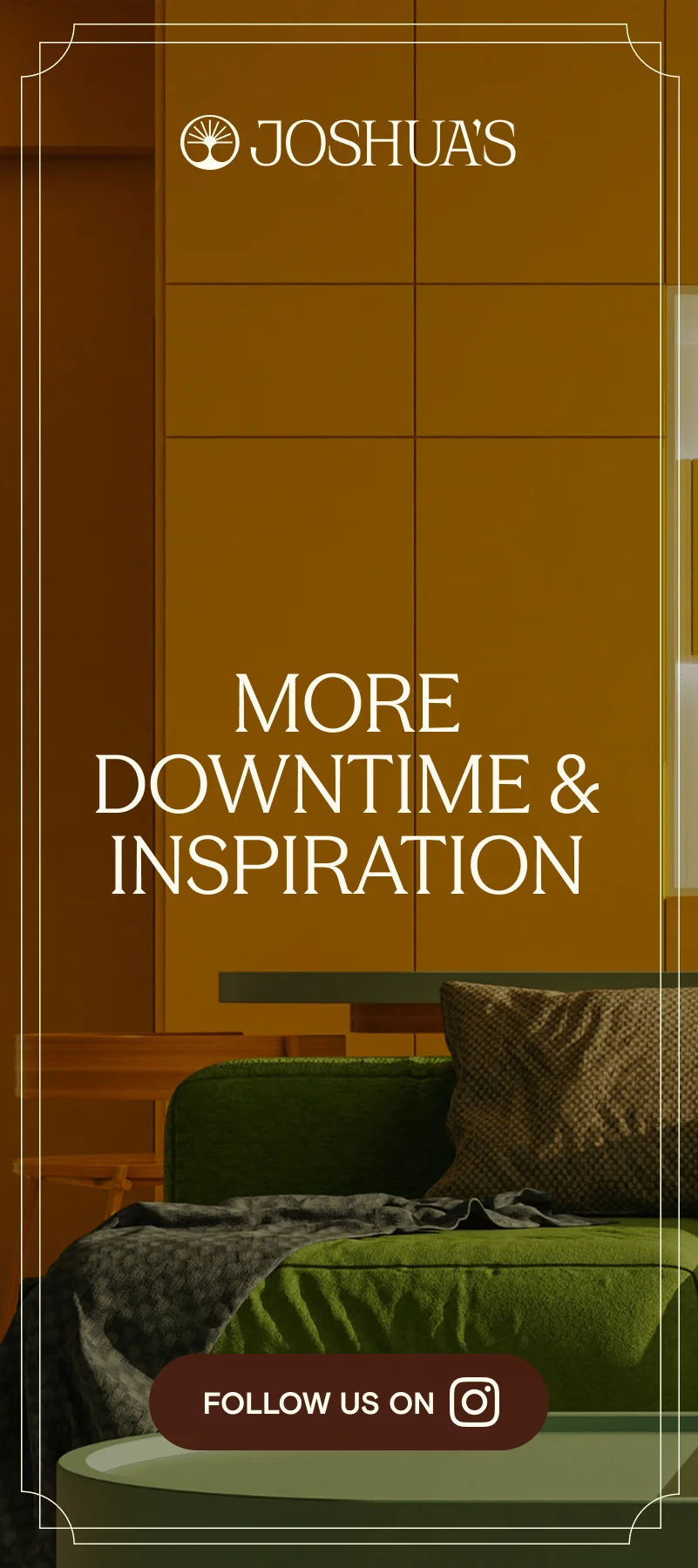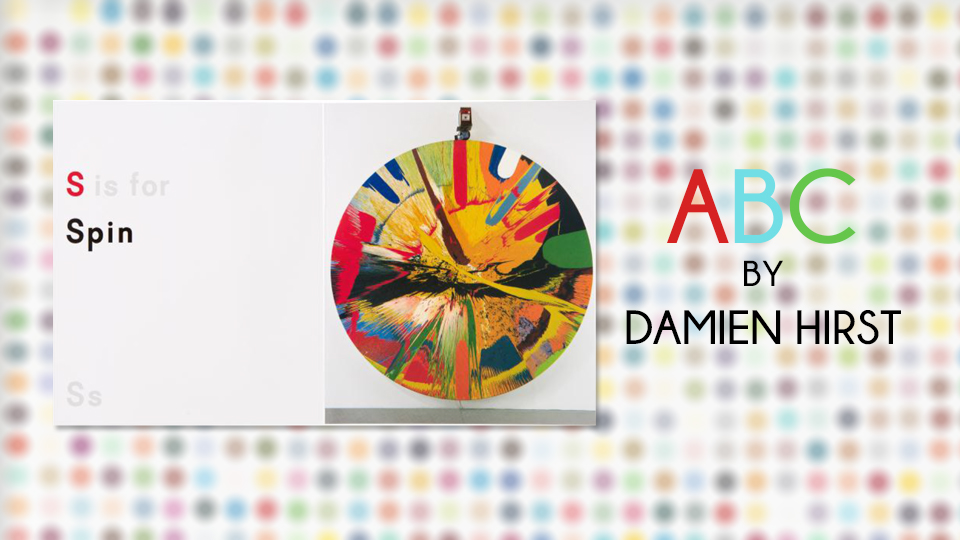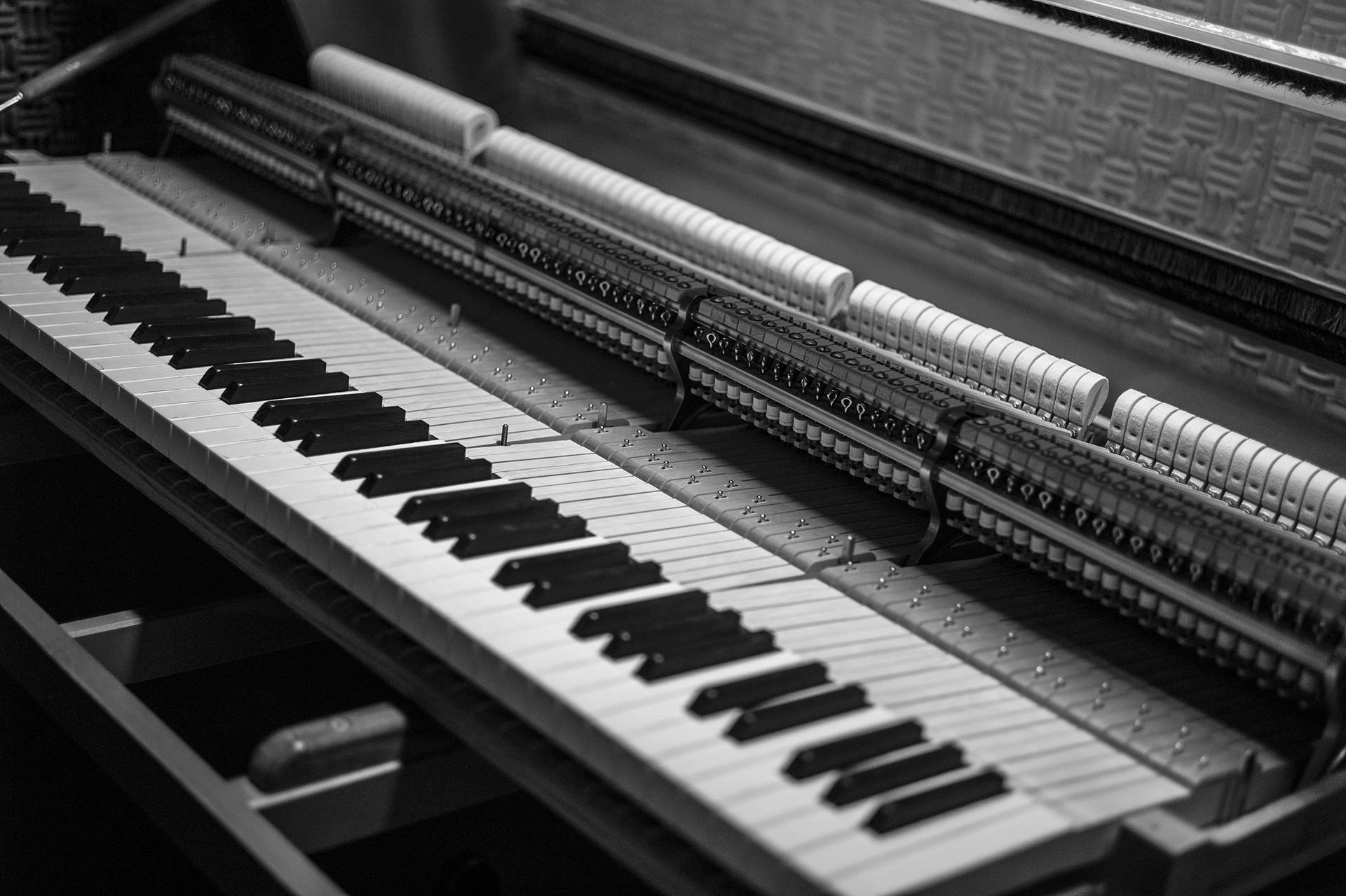Strip away the industrial elements of fitness and you can inspire a new generation of wellbeing, environmental consciousness, and minimalist interior finishing.
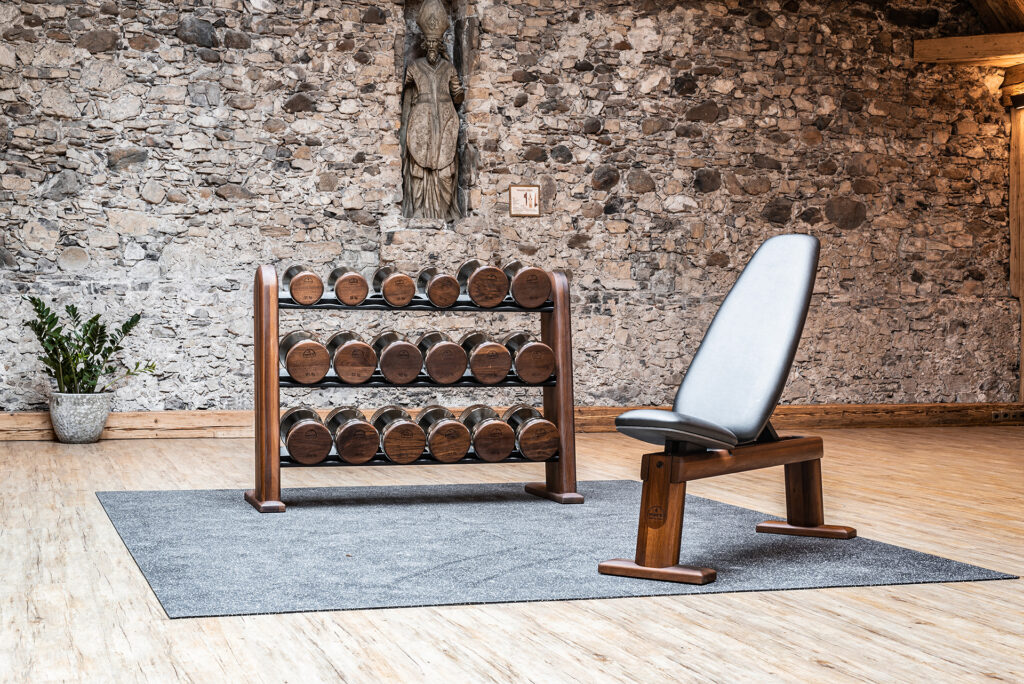
Some may look at minimalism as an art form; others may see it as a lifestyle of greater physical wellbeing and mental clarity. Either way, the emphasis is placed on reaffirming one’s identity in a world where this can often be predetermined by conventions.
In order to do this, the most eloquent of designers recognise the power of restraint when creating modern furniture and machines. Some would say that human and environmental nature have taken the reins while creators interpret the relationship between the two, and welcome them into the future.
Take the conventions of fitness and wellbeing as inspiration. The traditional modes and methods of exercise are overshadowed by industrial complexity. Sharp, rugged edges have shaped the image of our rigid approach.
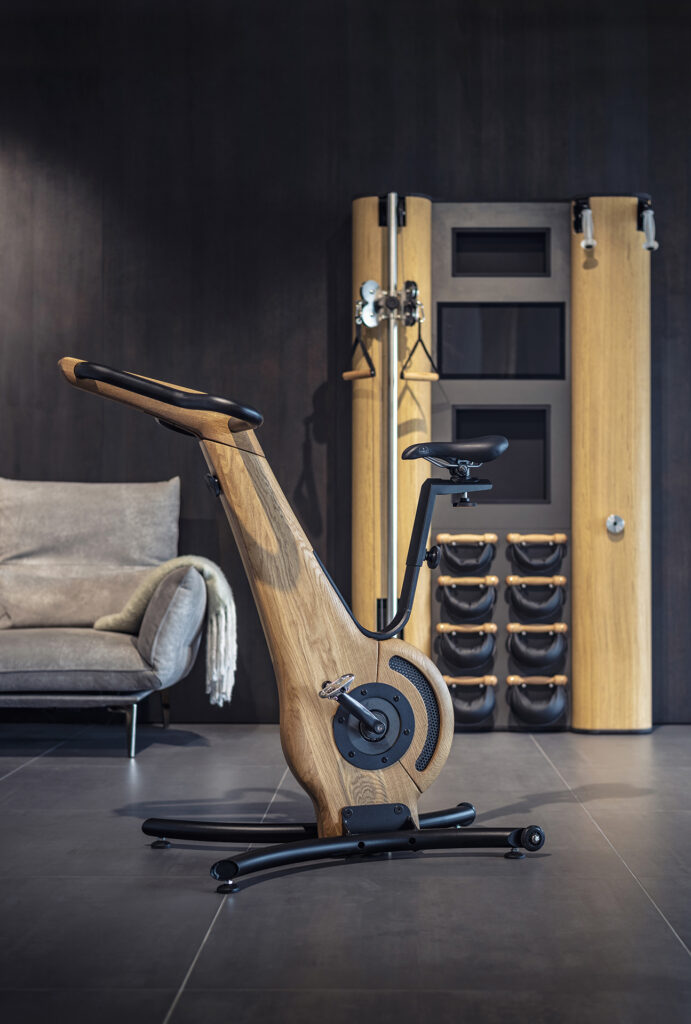
Health is washed with an air of mechanical complexity—which is no longer sustainable. But what if, over decades past, exercise establishments welcomed back the natural wonders of design and became more inviting through a new wave of craft? What would the industry look like had some elements receded—or stagnated—while others accelerated to the now?
As design follows a developmental path that winds with the natural world, a new wave of excellence is here—one that amalgamates millennia of nature-based features, centuries of design inspiration, and decades of technology innovation.
Here we introduce a pioneer in the making of nature-inspired, well-being enhancing devices that complement the lives of those with a desire for everything to be in its rightful place, no matter the space. The sister brands WaterRower and Nohrd embody a new kind of fit—fitness for the spaces in which its meticulously crafted pieces can have the most profound impact.
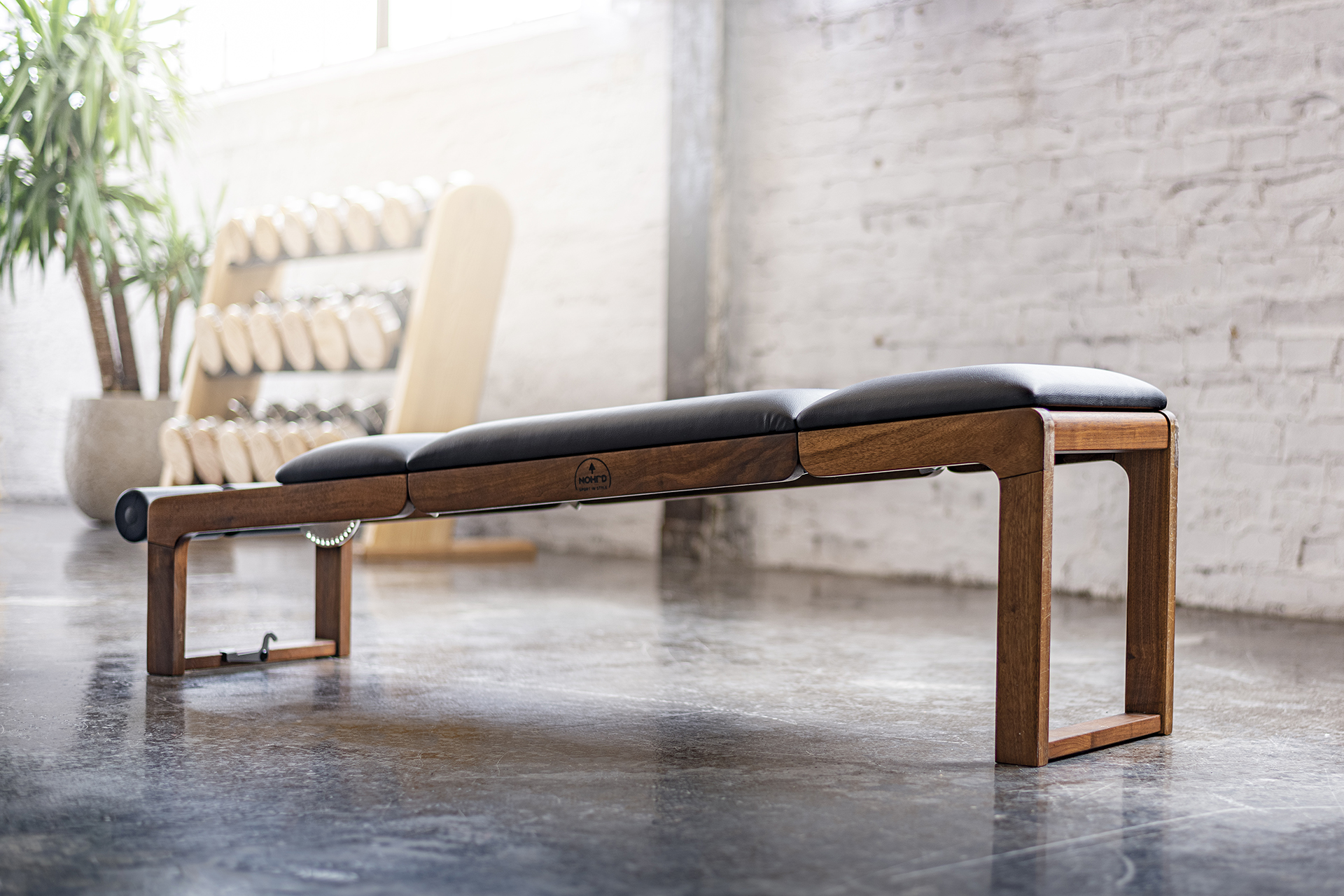
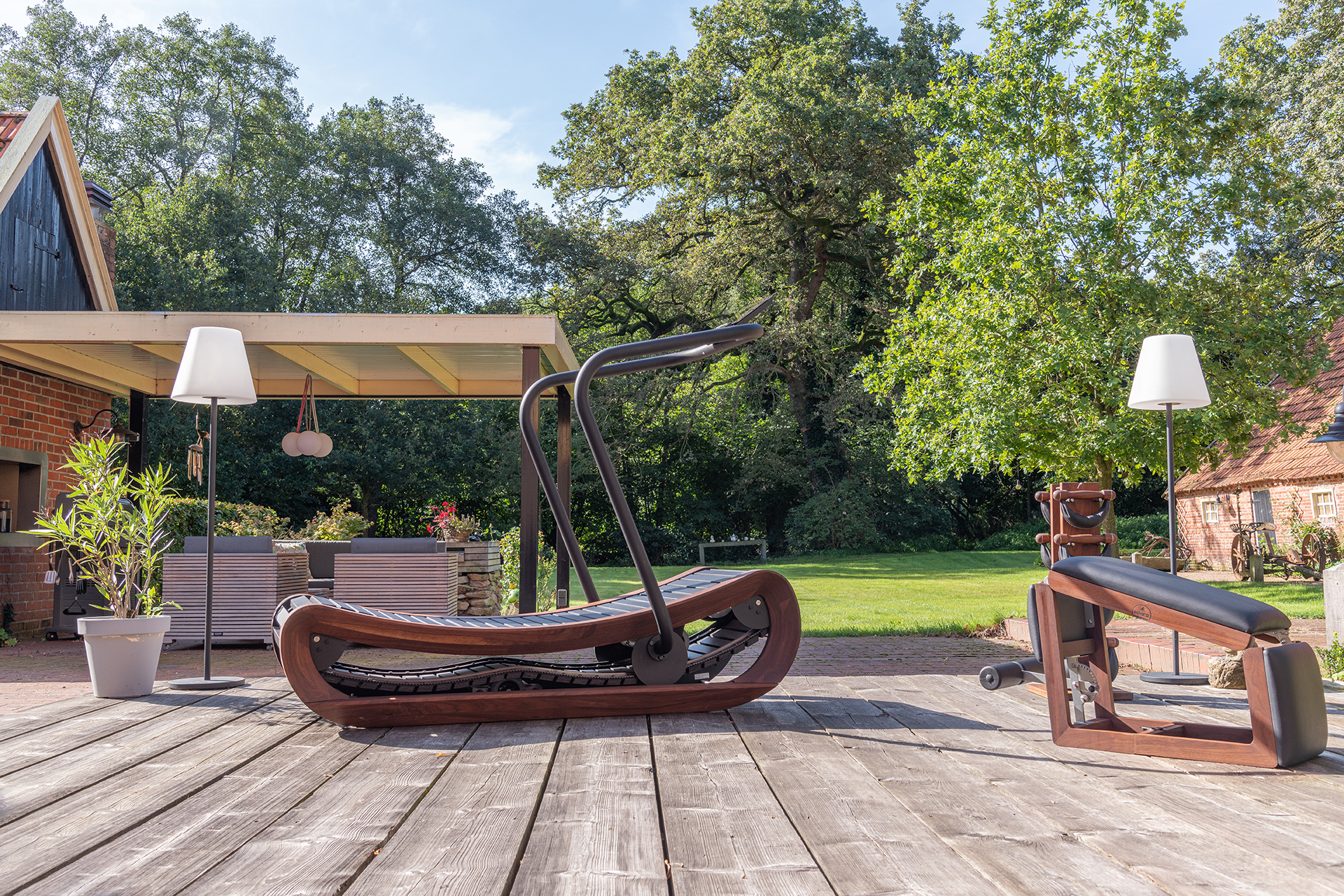
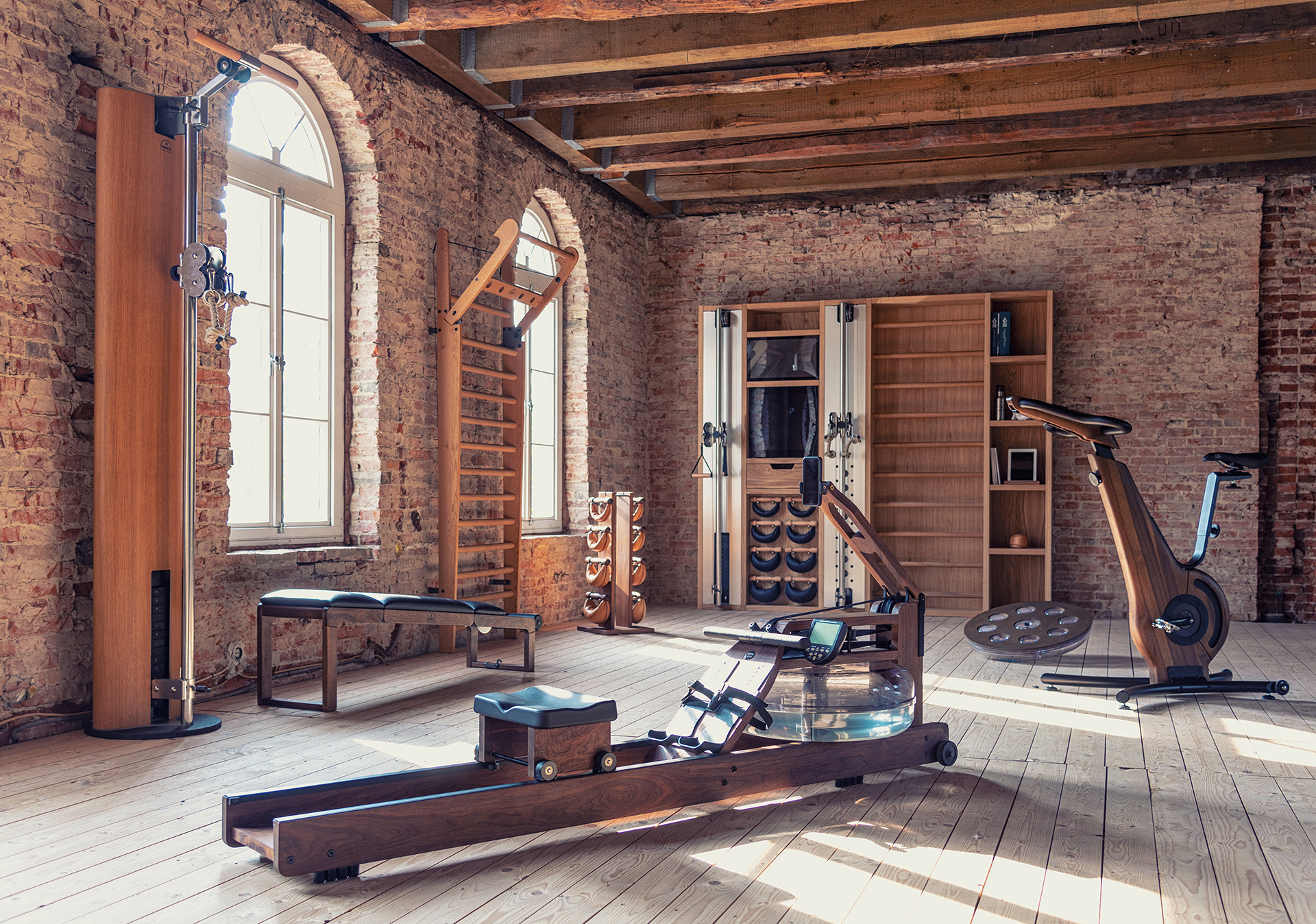
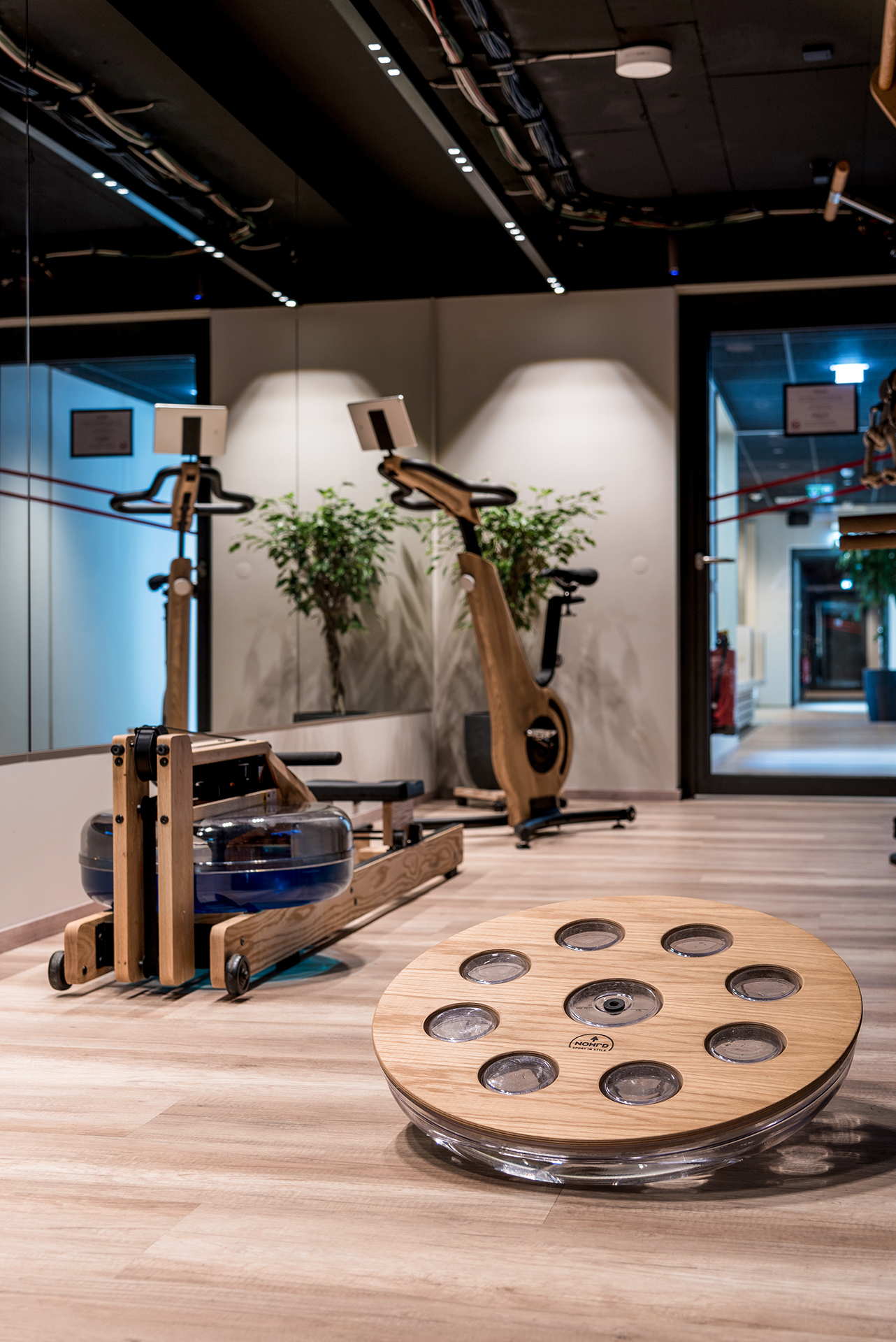
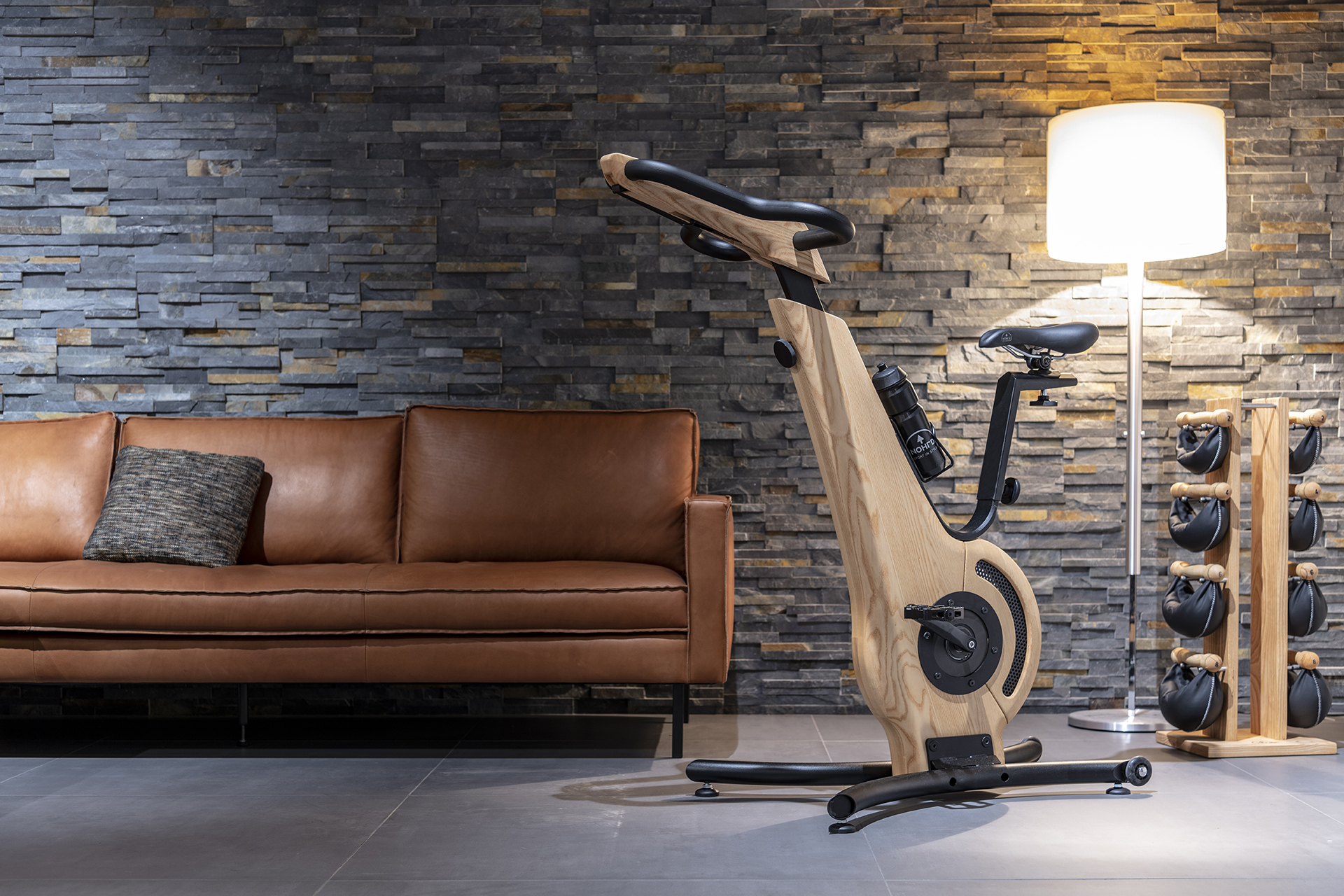
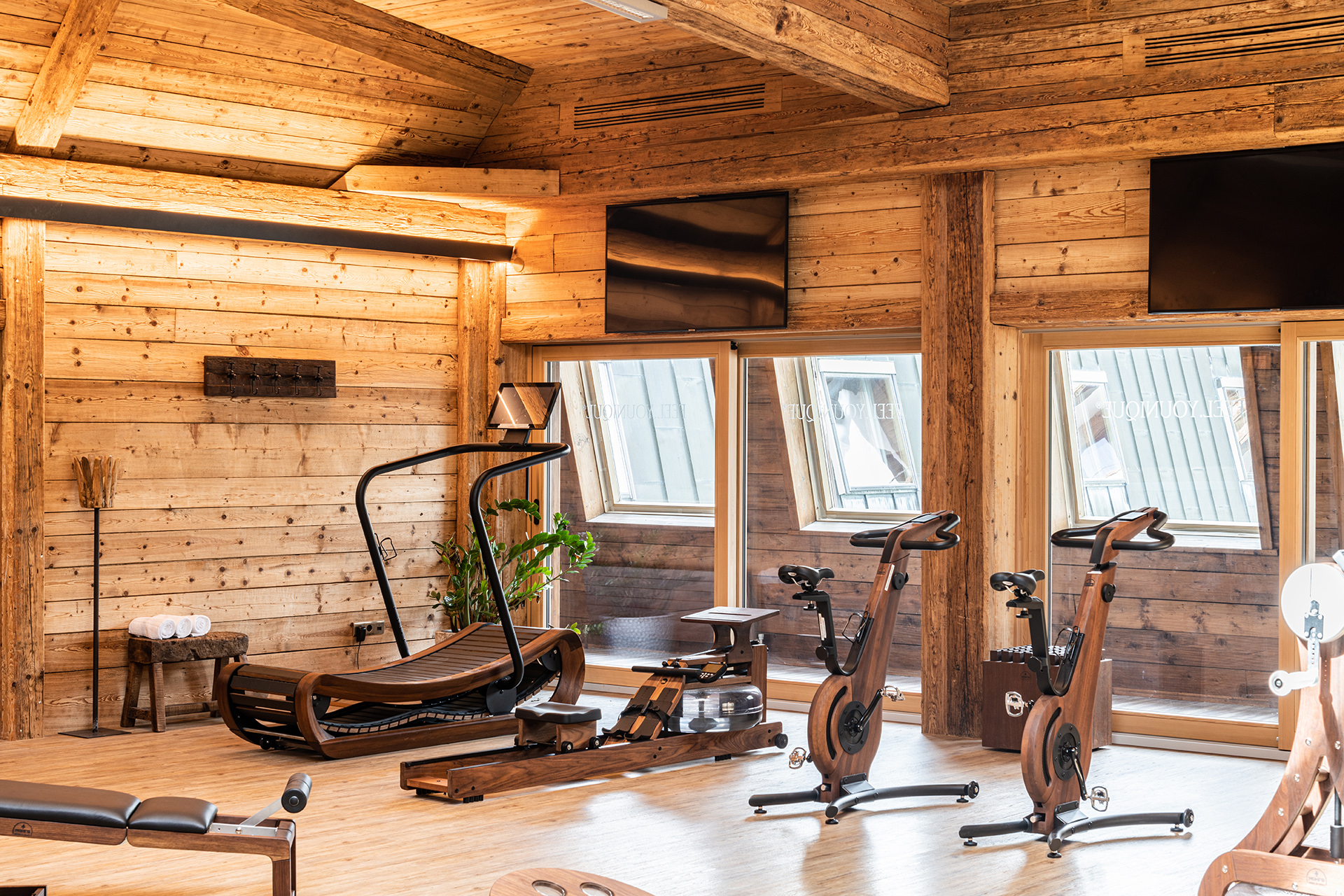
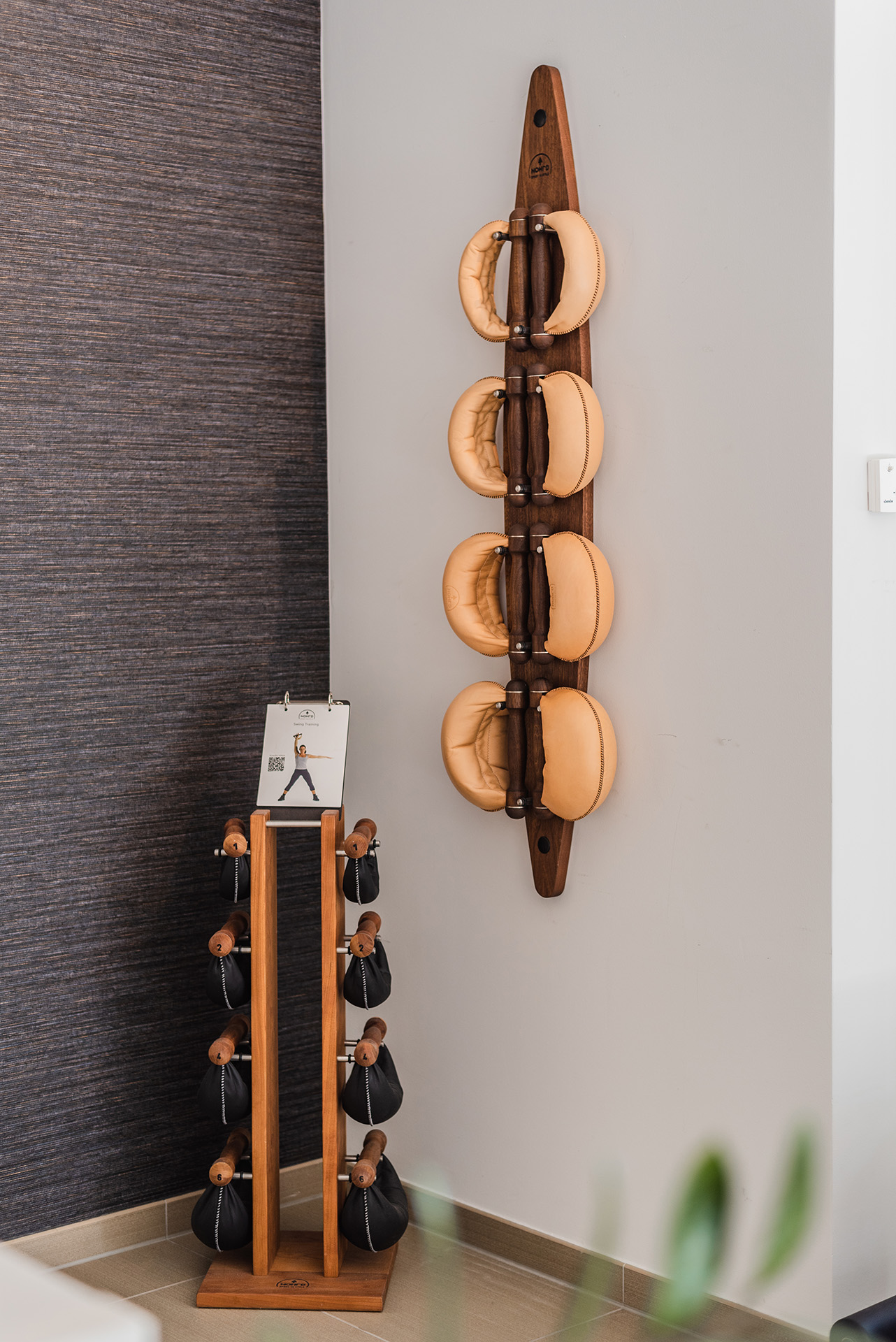
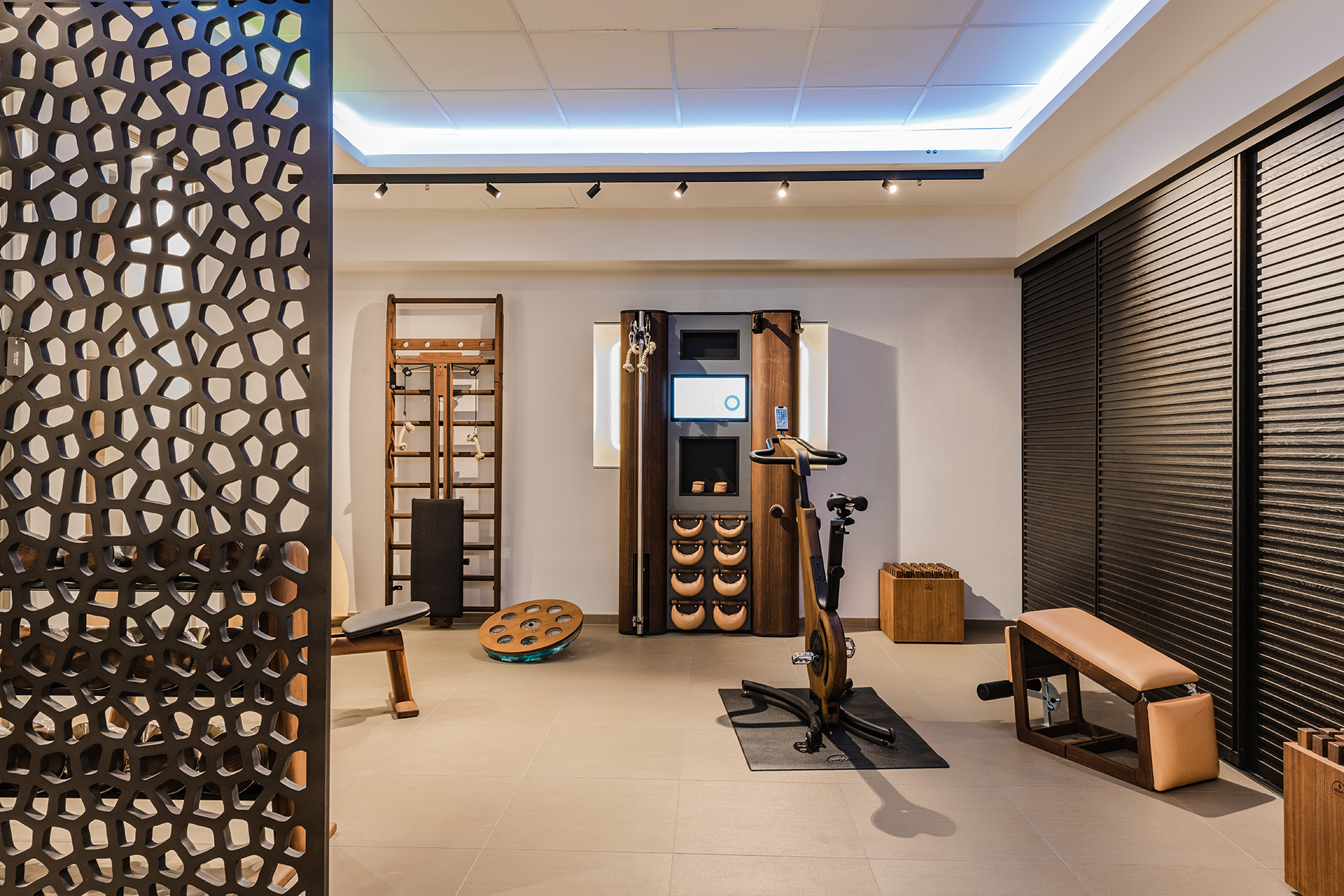
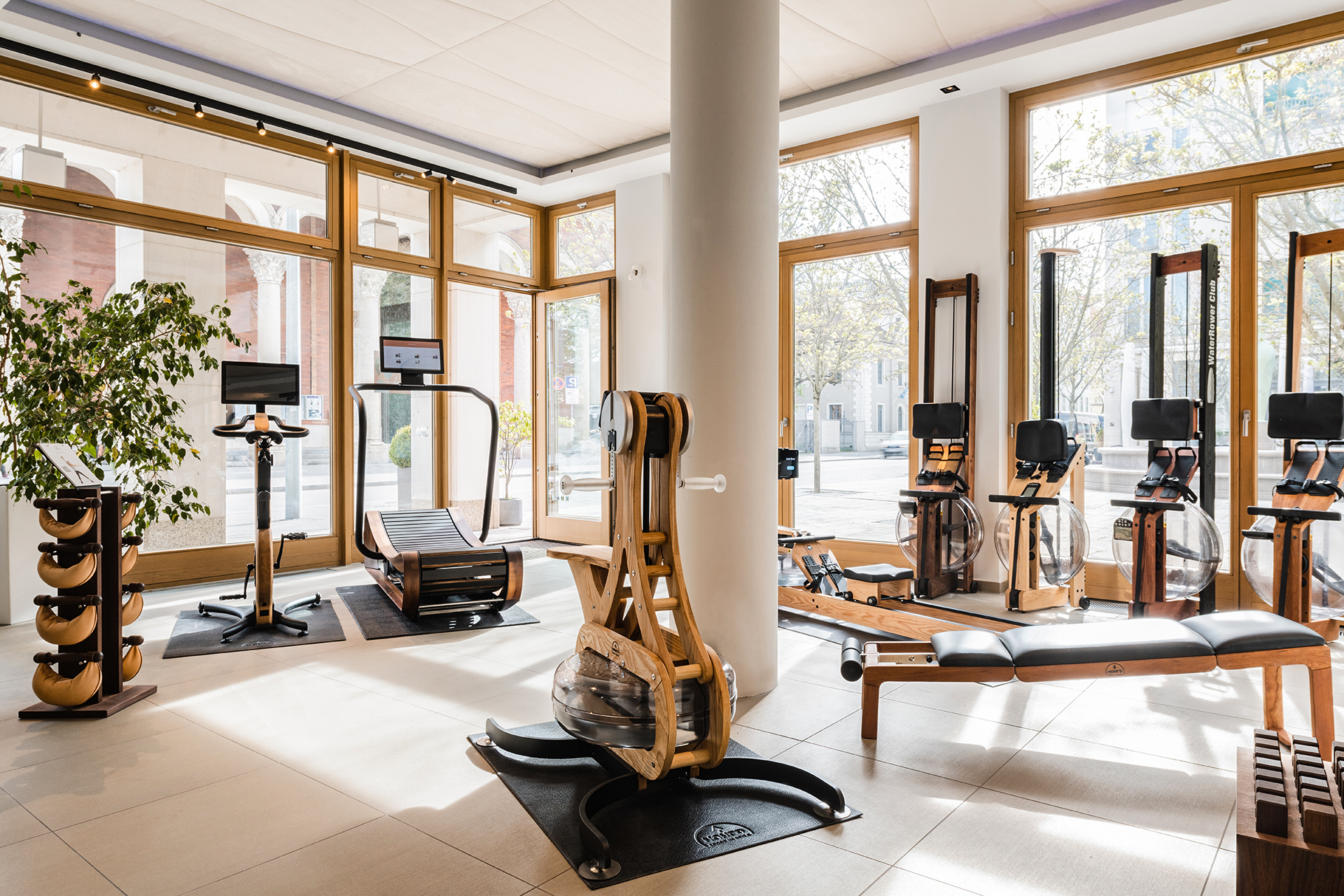
In 1988, an engineer from Yale and candidate for the US National Rowing Team John Duke invented a machine that pays homage to the sport, and the way of water. Little did he know that the original WaterRower—a fusion of innovation and sustainability—would inspire an entirely new aesthetic for fitness.
The successful uptake of the WaterRower brought inspiration for a range of technologies with analogue feel. An entirely unique concept of its time, the water-powered marvel now graces modern interiors. As to be expected from the makers of a non-invasive accoutrement built for the real world, the real impact of the range followed the introduction of Nohrd.
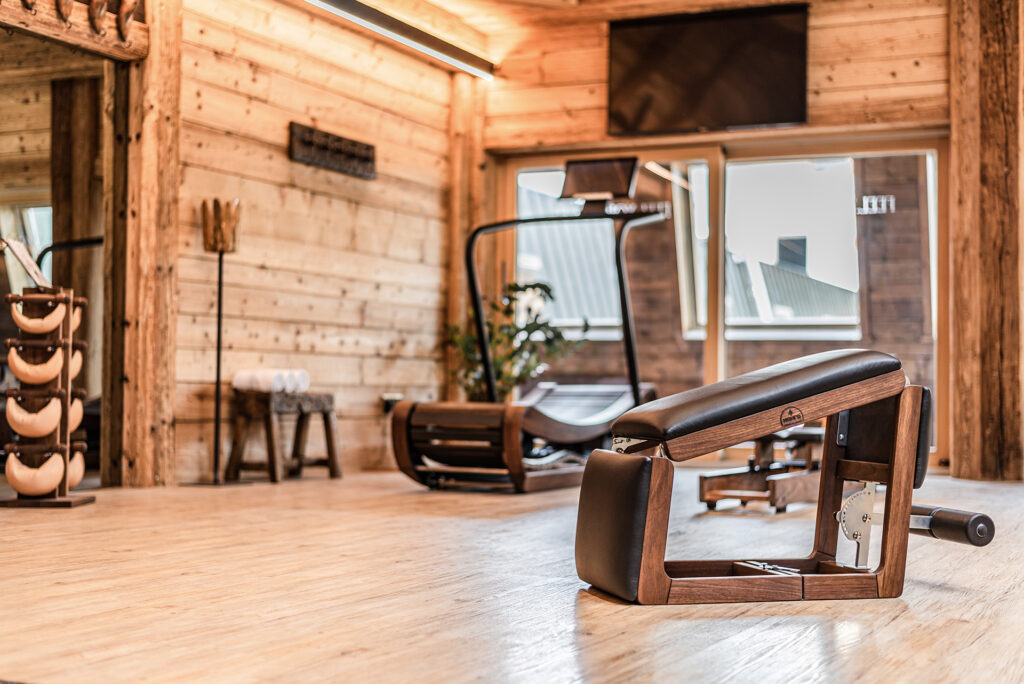
Nohrd arose in 2007, the closest match for its versatile styling dated back to the late 1700s ‘Shaker’ furniture era—which was one of its primary inspirations. To own a piece of Nohrd machinery is to make a statement of individualism and recognise the true art of integrating fitness into a lifestyle.
I was originally drawn to Nohrd because of the feeling it evoked within me. Each addition to the Nohrd range chips away at the harshness of the overwhelming fitness industry and lays in place a softness that invites cleansing and nourishment.
The children of WaterRower and Nohrd make a statement that wellbeing must harmonise with our surroundings. This quality craftsmanship brings a new potential for prosperity and self-expression through fitness.
